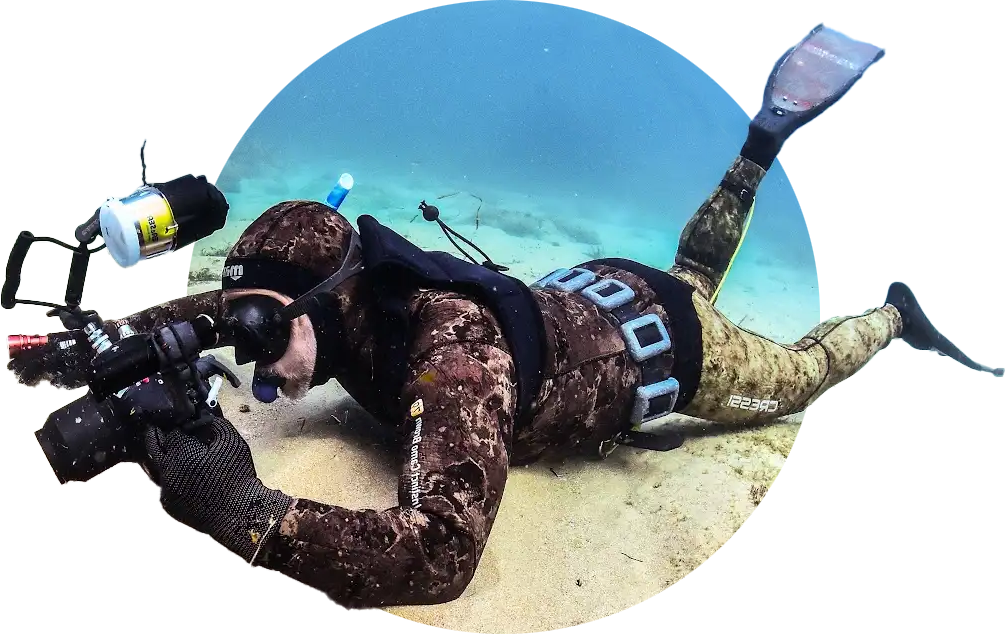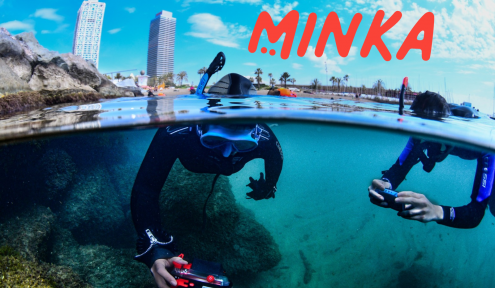Citizen science is an approach that allows people with an interest in nature to actively participate in the collection of data that directly contributes to scientific research, decision-making and the generation of knowledge. This collaboration has become a fundamental tool for marine conservation, as it involves the public in the collection of essential information for the monitoring of marine ecosystems.
The observations collected during the BioMARathon with citizen collaboration are used by researchers from the Institute of Marine Sciences (ICM-CSIC) and other research centers around the world, providing a deeper understanding of the biodiversity of the Catalan coast.
Voluntary participation is particularly valuable because it allows data to be obtained on a geographical and temporal scale that would be unattainable only with the traditional resources of scientists. This facilitates the faster and more accurate identification of environmental problems, such as biodiversity loss or pollution. In addition, this citizen involvement fosters environmental awareness and education, contributing to creating a society more committed to protecting the oceans.
MINKA and citizen science
MINKA is a citizen science platform that facilitates the active participation of citizens in scientific research. Users can upload geolocated observations of species, which are identified collaboratively by volunteers and scientists. Officially recognized as an Action of the Sustainable Development Goals (SDGs) by the United Nations, MINKA contributes to the monitoring of biodiversity in line with the UNESCO SDGs, such as “Life below water” (14) and “Life on land” (15). Soon, participants will be able to expand their contributions by adding environmental data, such as water temperature and transparency, to support other SDGs.
MINKA’s mission focuses on promoting sustainability and addressing global challenges, offering everyone the opportunity to contribute to scientific knowledge and take action to build a more sustainable future.
Where do the BioMARató data uploaded to MINKA go?
One of the main objectives of MINKA projects, such as BioMARathon, is to generate open and accessible data for everyone, contributing to knowledge and improving biodiversity management, especially on metropolitan beaches.
Observations that reach “Research Grade”, that is, those that have been validated and contain key information, such as a photograph, date and name of the species confirmed by the community, are those that can be used for scientific purposes.
Therefore, one of the medium-term objectives is to incorporate BioMARathon data into the Global Biodiversity Data Infrastructure (GBIF). This is an international data network funded by governments around the world that allows open access to biodiversity information from anywhere on the planet.
Last April, another project that also uses MINKA, called BioPlatgesMet, already published more than 500 observations in the GBIF repository. Soon, therefore, we hope that the BioMARató data will be incorporated into this global repository.



